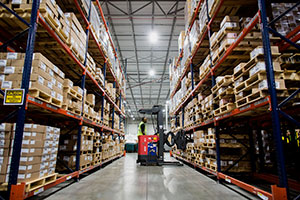Wholesale Prices Increase at Slower Pace in July

Wholesale prices in the United States climbed at a slower pace in July, a harbinger of things to come as energy prices plunge.
The 0.2% increase in the producer-price index followed a 0.4% gain in June, Labor Department figures showed Aug. 14. The median forecast of 70 economists surveyed by Bloomberg News called for a 0.1% advance. Costs dropped 0.8% over the past 12 months.
A firming in inflation may be on its last legs as oil prices drop this month, driven by a global supply glut that’s expected to last through 2016. Federal Reserve officials have said such slumps are transitory as they look for signs that inflation will move toward their 2% target in order to raise interest rates.
“This last gain is likely to precede declines in August and probably September as well if this weakening trend in oil prices continues,” Mike Englund, chief economist at Action Economics in Boulder, Colorado, said before the report. Still, “we’re sort of in a sweet spot for the Fed as we would see it — in general, there’s not much risk of deflation, and with the drop we’re seeing in commodity prices, there’s not much risk of inflation, either.”
Projections for total producer prices in the Bloomberg survey ranged from a drop of 1% to a 0.3% gain.
Energy expenses declined 0.6% in July after climbing 2.4% the month before. Food prices decreased 0.1% after a 0.6% gain.
Wholesale prices excluding these two components rose 0.3% for a second month compared with the 0.1% gain seen by the median forecast of economists surveyed. Those costs were up 0.6% from July 2014.
The increase last month in the index excluding food and fuel was paced by a 0.4% advance in the cost of services. About 40% of that gain was traced to a 9.9% surge in hotel-room rates, the biggest in data dating to 2009.
Eliminating food, fuel and trade services to arrive at a reading that some economists prefer because it excludes one of the report’s most volatile components, wholesale costs climbed 0.2% in July after rising 0.3% the month before.
As part of their dual mandate, Fed policymakers are keeping a close watch on inflation trends. The personal consumption expenditures index, the Fed’s preferred inflation gauge, rose 0.3% in June from a year earlier and has been below the Fed’s 2% goal since May 2012.

